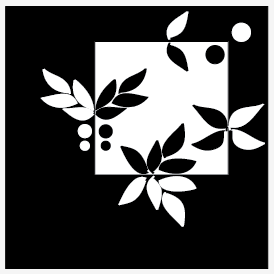- Olcay Morreale

#paper_folding #folding_art #crafting #mental_activity #calming_activity #mindfulness #origami_art, #new_perspective #patience #blintz_base, #boat_base, #bird_base #square_base, #boats, #boxes #birds, #geometric_art #peaceful_hobby
Origami is an enjoyable activity that helps to develop hand-eye coordination and attention to detail, encourages peer support and fosters relationship building. It can be used it to support and enhance geometrical reasoning and mathematical learning.
Origami is not just a solo practice—at the end, you have made something personal that you can give to someone that you care about. Origami can light up our imagination and sense of joy like any other mindful activity.
Before being able to reach meditation through origami, you must first get to know the folds by heart. After this initial learning stage, you are then able to fold with a meditative and focused approach. Origami is not about folding the most complicated model, but about using origami to meditate and achieve "perspective, persistence, patience, and more practice."
By OJ. Morreale
Blintz base
Square base
Boat base
Bird base
Boats in the Ocean Movie

































































